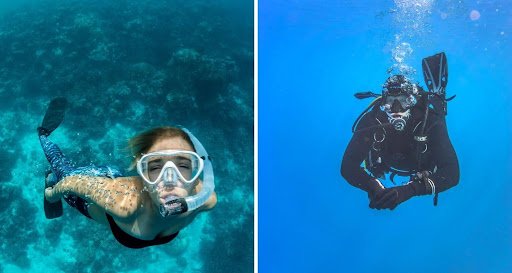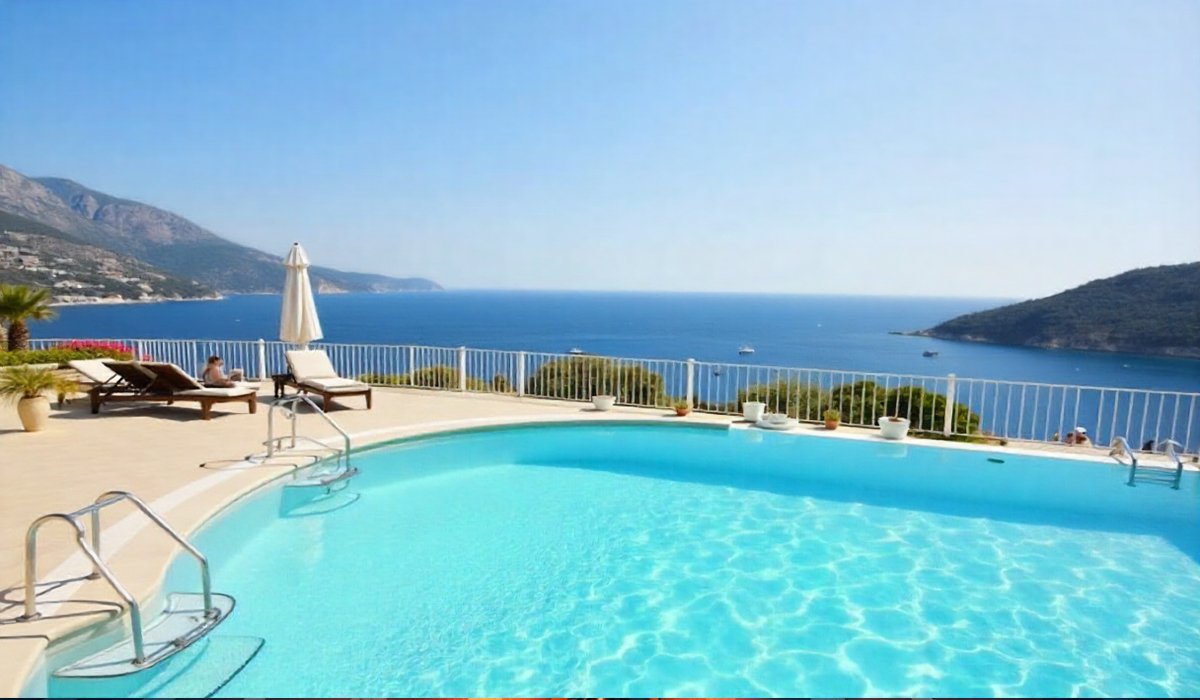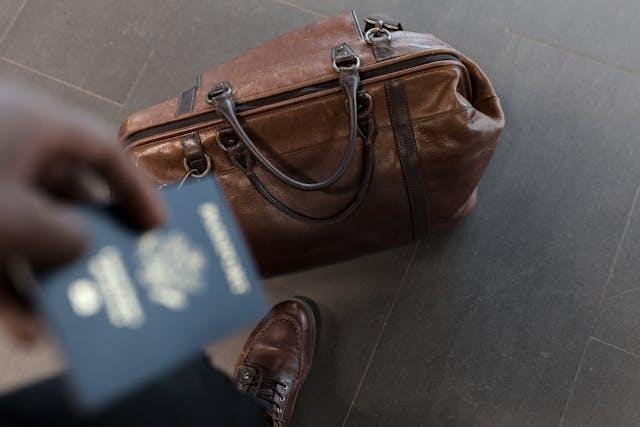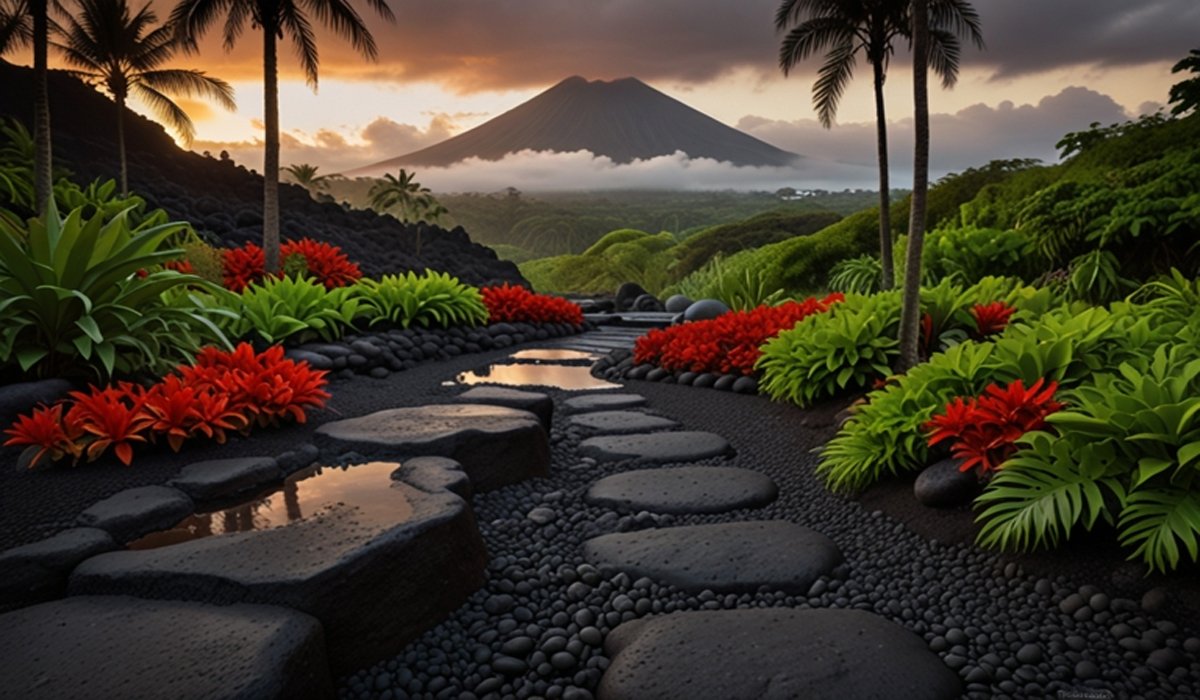When planning an ocean adventure in the Maldives, travelers often face a delightful dilemma: should you stay near the surface or dive deep into the blue? The debate between scuba diving vs snorkeling is particularly relevant in a place like the Maldives, where both options offer unforgettable views of the underwater world. But how do you know which one is right for you?
In this article, we’ll explore the key differences between scuba diving and snorkeling in the Maldives — covering everything from marine life encounters and gear requirements to accessibility and cost. Whether you’re a seasoned adventurer or a first-timer, this guide will help you choose the perfect underwater activity for your Maldivian escape.
Why the Maldives Is Ideal for Both
The Maldives, an archipelago of over 1,000 coral islands, is a haven for marine biodiversity. Its crystal-clear waters, healthy coral reefs, and abundant sea life make it one of the best destinations in the world for both snorkeling and scuba diving.
- Visibility: Often exceeds 30 meters
- Warm Waters: Comfortable year-round temperatures of 27–30°C
- Rich Marine Life: Manta rays, whale sharks, turtles, reef sharks, and more
What Is Snorkeling?
Snorkeling is the act of floating on the water’s surface while observing marine life below. You wear a mask, a snorkel for breathing, and usually fins to help you swim.
Pros of Snorkeling in the Maldives
- Beginner-friendly: No certification needed
- Minimal gear: Mask, snorkel, fins — and you’re good to go
- Family activity: Suitable for kids and older adults
- Easier access: Snorkel right from the beach or boat
What You’ll See
In the Maldives, snorkelers can encounter a vibrant variety of coral fish, sea turtles, reef sharks, and even manta rays during surface feeding seasons.
What Is Scuba Diving?
Scuba diving allows you to go deeper into the ocean using a tank of compressed air, a regulator, and additional gear like a wetsuit and buoyancy control device (BCD).
Pros of Scuba Diving in the Maldives
- Depth advantage: Explore reefs, walls, and wrecks at 10–30 meters
- Closer encounters: See marine life up close, including bigger species
- Longer exploration: Stay underwater longer than with snorkeling
- More immersive: Feel part of the marine environment
What You’ll See
In addition to the animals seen while snorkeling, scuba divers can expect to encounter:
- Grey reef sharks
- Schools of barracuda
- Eagle rays
- Underwater caves and tunnels
Side-by-Side Comparison: Scuba Diving vs Snorkeling
| Feature | Snorkeling | Scuba Diving |
| Depth | Surface level (0–2 meters) | 10–30+ meters |
| Equipment | Mask, snorkel, fins | Full scuba gear (tank, BCD, etc.) |
| Training Required | None | Yes (PADI/SSI certification) |
| Time Commitment | Short excursions (1–2 hours) | Longer trips (half/full day) |
| Cost | Low | Higher (gear + certification) |
| Wildlife Encounters | Reef fish, turtles, rays | Sharks, mantas, macro species |
Which One Should You Choose?
Choose Snorkeling If:
- You’re new to ocean activities
- You prefer a more casual, low-cost experience
- You’re traveling with children or non-swimmers
- You have limited time for excursions
Choose Scuba Diving If:
- You’re certified or plan to get certified
- You want deeper, more thrilling encounters
- You enjoy extended time underwater
- You’re eager to explore hidden reefs and caves
When to Go: Best Season for Underwater Activities
- November to April: Dry season with excellent visibility — best for both snorkeling and diving
- May to October: Wet season with plankton-rich waters — ideal for seeing manta rays and whale sharks, though visibility may decrease slightly
Both seasons offer rich marine life, so it comes down to your goals — clear water or big animals.
Combining Both Experiences
Why choose one when you can enjoy both? Many travelers in the Maldives begin with snorkeling and then transition to scuba diving after trying a “Discover Scuba” session — a guided introduction for beginners.
Liveaboard excursions are a great way to do this, as they include both snorkeling and diving opportunities, allowing everyone on board to enjoy the underwater world at their own pace.
Essential Gear Tips
For Snorkeling:
- Anti-fog mask
- Dry-top snorkel
- Snorkeling fins
- UV-protective rash guard
For Scuba Diving:
- Dive computer
- Buoyancy control device (BCD)
- Regulator
- Wetsuit (3mm is ideal for the Maldives)
Most tour operators provide rental gear, but bringing your own ensures a better fit and comfort.
Conservation and Responsible Tourism
Whether snorkeling or diving, it’s crucial to follow eco-conscious practices:
- Use reef-safe sunscreen
- Don’t touch or stand on coral
- Avoid feeding or chasing marine life
- Follow your guide’s instructions
The Maldives has several marine protected areas, and choosing operators that support conservation ensures your trip leaves a positive impact.
Book Smart: Guided Trips with a Purpose
For a truly enriching and hassle-free experience, you can explore underwater activities with Spirit Liveaboards. Their guided tours are led by certified professionals and designed for both snorkelers and scuba divers, ensuring everyone gets the most out of their Maldivian ocean adventures.
Final Thoughts
In the Maldives, the debate between scuba diving vs snorkeling isn’t about which is better — it’s about which is better for you. Both offer unique views into the ocean’s wonders, whether you’re floating above coral gardens or diving into a world of sea caves and sharks.
If time and comfort allow, do both. Start your journey at the surface and then go deeper. The Maldives’ clear waters and diverse marine life ensure that no matter how you choose to explore, your experience will be nothing short of magical.











